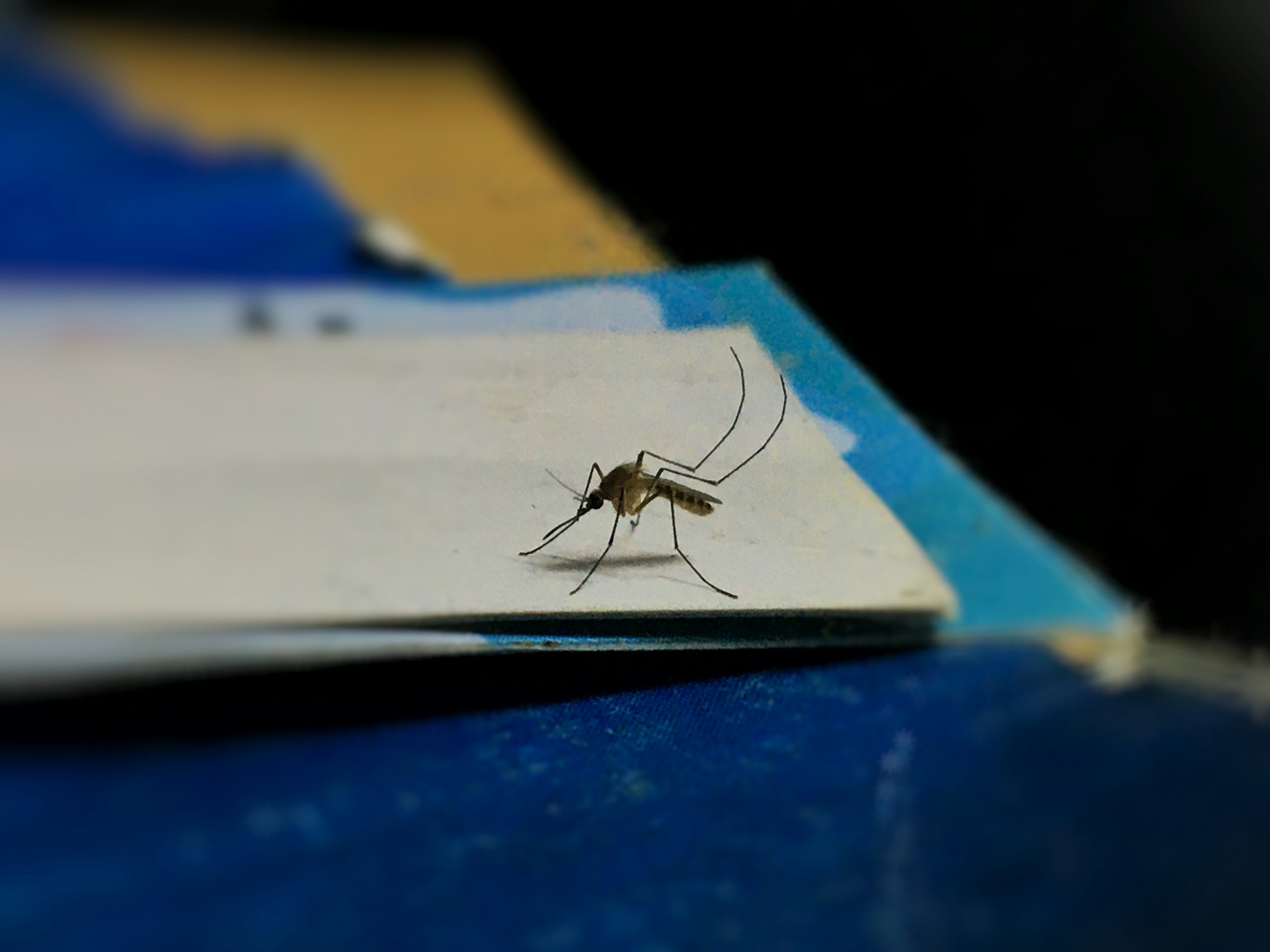Seventeen cases of chikungunya have been reported in Singapore as of August 2 this year—already surpassing the total count for all of 2024. That figure alone may not turn heads in a country known for clinical precision and system efficiency. But beneath the modest case count lies a structural blind spot: a city-state still oriented around containment and case traceability, not the probabilistic spillover risk that climate, mobility, and vector evolution now make inevitable.
Thirteen of those cases were linked to overseas travel. But the remaining three were not—and crucially, are not connected to one another. This signals a breakdown in the traditional surveillance logic that Singapore has relied on for two decades: that imported risk is visible, containable, and interruptible.
This isn’t a failure of execution. It’s a failure of framing.
Singapore’s public health infrastructure is optimized for closure: identify the index case, trace the contacts, isolate, contain. It’s a model forged during SARS and refined through COVID. But diseases like chikungunya—vector-driven, climate-enabled, and increasingly endemic in fragmented ways—don’t follow that script.
The assumption that local cases must form a cluster to be alarming is now outdated. The idea that imported diseases can be ringfenced assumes a level of environmental control that climate variability no longer permits. With erratic rainfall patterns, rising urban heat pockets, and a highly mobile population, the line between “imported” and “endemic” is thinner than ever.
This is not just a biological shift. It’s a systems one. And it requires an entirely new risk architecture.
Compare this with how Gulf cities like Abu Dhabi or Riyadh are treating mosquito-borne illness: not as reactive hygiene threats, but as infrastructure triggers. New residential developments are being zoned with vector surveillance systems. Environmental monitoring is being embedded in municipal data platforms—not as health surveillance, but as city-level resilience infrastructure. The response isn’t case-count-based. It’s threshold-aware, climate-informed, and economically justified.
In essence, public health is no longer a ministry silo—it’s becoming part of digital urbanism. That shift allows for anticipatory action, not reactive clean-up. And it opens space for budgetary coordination across health, environment, and economic planning. Singapore remains a leader in response speed. But response speed is no longer the key variable when threats are ambient, climate-mediated, and structurally silent until late.
This is where the divergence lies—not in technical capability, but in the strategic operating model.
The core tension is this: Singapore’s economic architecture is built on openness, throughput, and global integration. Its health architecture, however, is built on traceability and tight control. That mismatch wasn’t fatal in the age of border-linked viruses. But in a world where urban temperature gradients can shift vector habitats and where business travel resumes at near-2019 levels, this misalignment matters.
Put differently, risk is no longer just imported. It’s ambient. It moves with climate, with construction cycles, with cross-border flows of both people and labor. Systems that treat “health” as a boundary-maintained domain will underperform in this new reality—no matter how fast they can isolate a case once it surfaces. Chikungunya is not the problem. It is the signal.
To be clear, chikungunya is not new. Nor is it especially lethal. But its reemergence in a highly controlled urban environment like Singapore, with three unrelated local cases, is strategically significant. It shows that even high-efficiency systems can miss slow, systemic creep. It also shows that reactive containment models are too lagging to be predictive.
The more dangerous lesson would be to treat this as an isolated uptick. That misses the macro trend entirely.
Singapore’s brand of urban intelligence must evolve. The business model of the city—fast, global, mobile—requires a public health architecture that is spatially granular, climate-aware, and structurally interlinked with how the city zones, builds, and transports.
This is no longer about the Ministry of Health versus the National Environment Agency. It’s about how Singapore integrates disease risk into its core economic and urban development strategy—much like Dubai and Riyadh are beginning to do.
The real strategic question isn’t “How many cases?” but “How quickly can this system shift its architecture in response to creeping, distributed risk?”
Because this is not a one-off event. Chikungunya is just one of several mosquito-borne viruses that thrive in warm, high-density climates with mobile populations. Dengue has long been on Singapore’s radar. But the fact that chikungunya—a disease previously seen as mostly regional or rural—is now showing up in unlinked urban cases suggests a strategic inflection point.
Risk is no longer event-based. It’s now structural, slow, and silently adaptive. The cities that thrive in the next two decades won’t be those with the fastest response teams. They’ll be those with the most integrated foresight infrastructure.
Singapore still has time. But it cannot afford to treat the future like a scenario. It has to start treating it like an operating condition.










.jpeg&w=3840&q=75)



